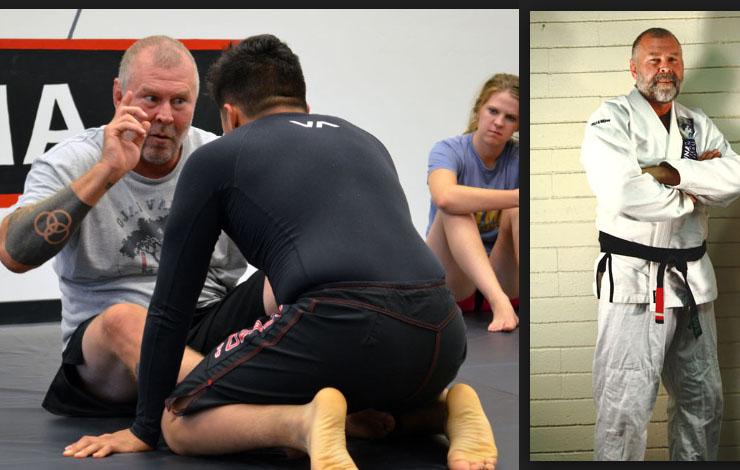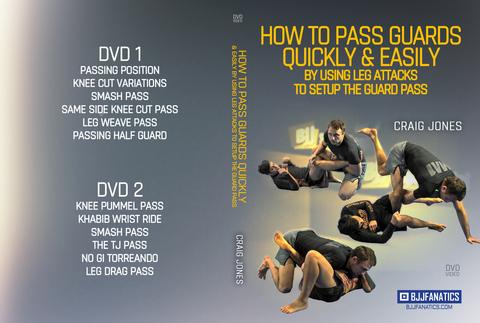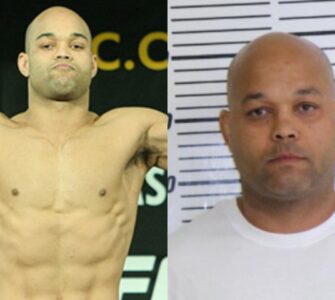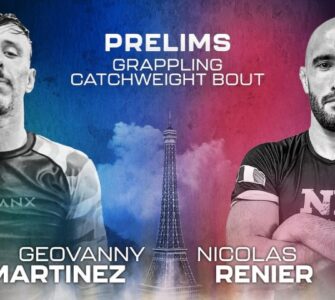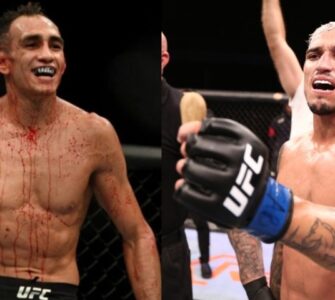BJJ Black Belt John Jensen saw the Ultimate Fighting Championship back in 1997 and was intrigued by the success of the Gracie family. A year later he signed up at the closest school to him which at the time was with Black Belt Pedro Carvalho. Becoming obsessed John would often train 7 or more times a week and earned his blue belt in 6 months. John also became active in competition and teaching.
John then began training with famous Carlson Gracie black belt Rodrigo Medeiros and opened up Millennia jiu jitsu (now Millennia MMA) with friends Romie Aram and Javier Vazquez. It was then that we began to pursue MMA.
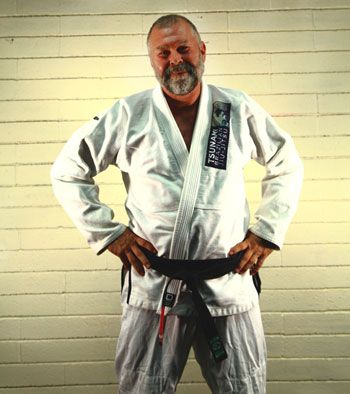
John Jensen recently talked about how much martial arts can help LGBTQIA* people.
*LGBT: Abbreviation for Lesbian, Gay, Bisexual, and Transgender. An umbrella term that is often used to refer to the community as a whole. Our center uses LGBTQIA+ to intentionally include and raise awareness of Queer, Intersex and Asexual as well as myriad other communities under our umbrella.May 2, 2018
He told patheos blog:
John, do you have any direct experience with LGBTQIA+ people and martial arts?
Why yes Pat I do! My eldest child is a non binary trans person and we found a gym for them to train in, though they have not actually started to do so. My second daughter is bi, and not only trains here at my gym, she is one of the kickboxing instructors. My own experience will probably differ from others, but what I experienced is even people that don’t like you, or “people like you” at first, generally change when they get to know you. But the owner of the gym has to make a safe environment for that to happen first.
Tell me about Brazilian Jiu Jitsu
Brazilian Jiu Jitsu is a derivation of Judo. After Jigoro Kano developed Judo, which included techniques standing and on the ground, one of his top students taught people the system in Brazil, including, but not exclusively, the Gracie family. Over the years it focused more on ground wrestling techniques and fighting, as Judo became more of a sport. The main aim was to make leverage and technique overcome size and strength disparity, which is why I think its great especially for women, men or LGBTQ people who are not big and athletic and are often the target.
Have you seen a progression in acceptance and diversity in martial arts?
Yes, a bit, my sport is still very macho though. I am hoping to change that. I confront sexism in my gym at times. I will confront other issues if they come up.
Why should a parent or teen who is LGBTQIA consider Brazilian Jiu Jitsu?
What I like about Jiu Jitsu is its control based not injury based. In most martial arts you are trying to injure. A kick, punch or wrist lock is meant to injure. Though we have very injurious techniques, with the kids I can teach them to control rather than attack. I teach them that we as humans are not meant to hurt other humans, and that when we do, we hurt ourselves too. And that when we control someone and then hurt them, we switched places and are now the bully. However, there are times when you need to fight for your life, in which case a sleeper hold puts opponent to sleep without any lasting damage to them.
You can read the whole interview here.
Pass guards by setting up leg locks? In his newest release from BJJ Fanatics “How to Pass Guards Quickly and Easily” , Craig Jones shows his favorite methods to pass the trickiest guards out there by using his leg lock prowess and set ups to make the guard pass more likely. Use code ‘BJJEE’ for 10% off!

